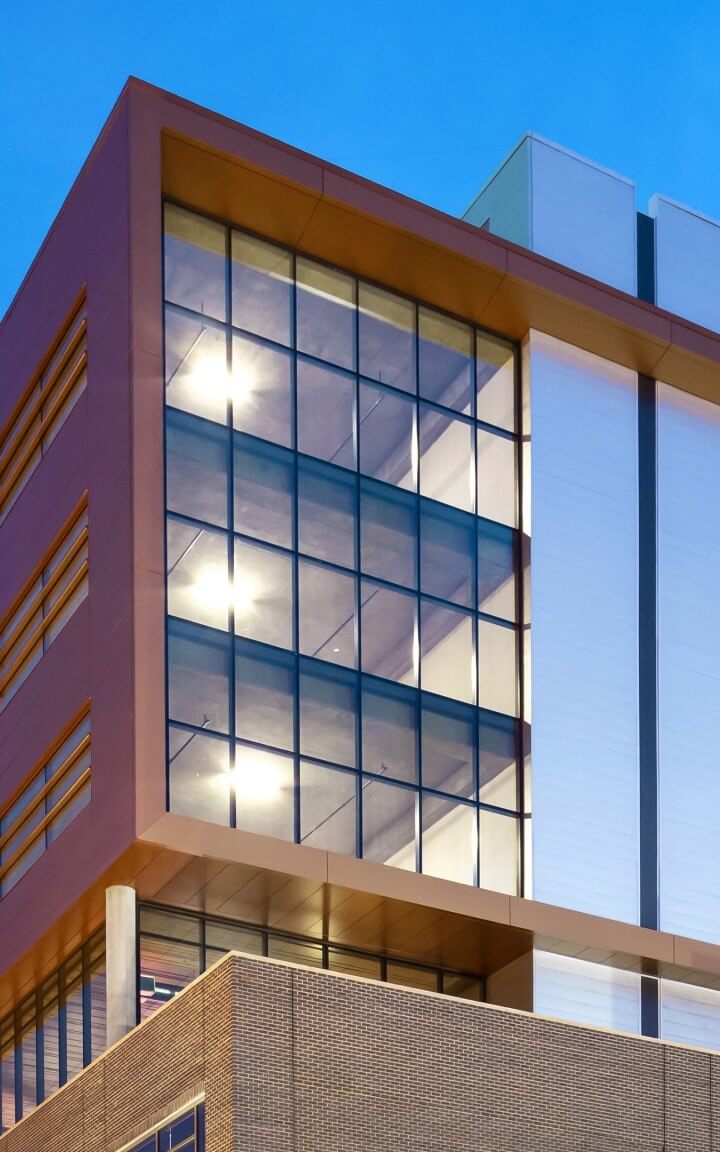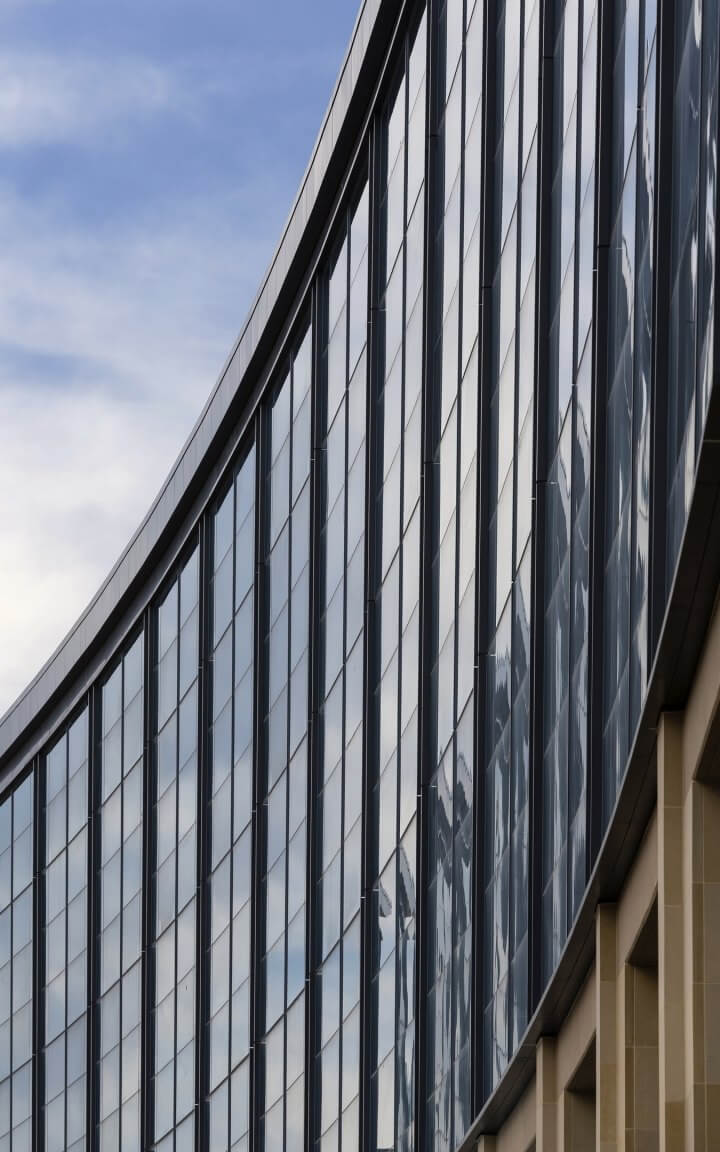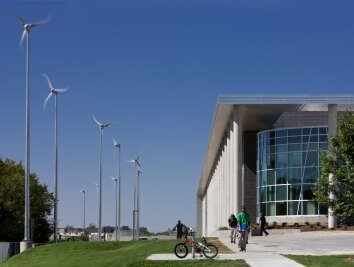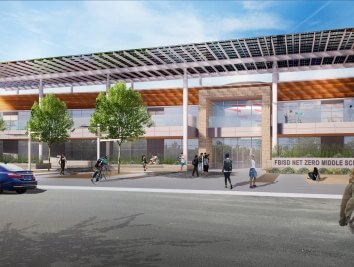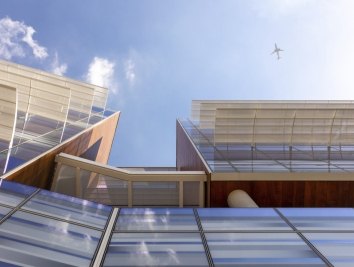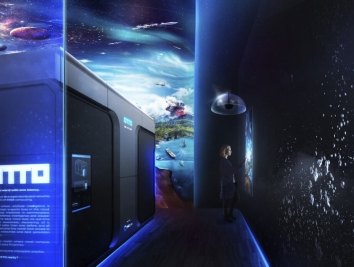How Climate Change Impacts the Infrastructure that Powers the World

If you tuned into any news station across the U.S. in February this year, you saw a glimpse of the arctic vortex that affected much of Texas and a large part of the surrounding states. This weather event showed that now, more than ever, we are at the mercy of the reliability of our infrastructures. With the COVID-19 pandemic already placing a strain on the nation and world’s most critical infrastructure — data centers have been at the forefront in operating government, medical, shopping, entertainment, work, school, and the overall essential of keeping up with our daily lives. These threats help to illustrate how climate change is and will affect infrastructures in significant ways. At Corgan, we have helped set up practical solutions to help our clients build resilient facilities that better weather the impact of disruptive environmental events.
Climate Change
With current predictions of increases in coastal water levels, higher number of hurricanes and tornadoes, more severe storms, and inland draughts which will affect potable water availability, we need to design facilities to withstand these events so that operations are not disrupted. Facilities that overcome these events best are designed with protection and redundancy in mind.
Site Selection
Protection of a data center begins with site selection and location. A few vital questions we ask are: What are the risks associated with the site being considered? Is it located in an area prone to flooding, storms, or other seasonal events? Are there other site risks such as seismic zones, overhead threats such as airports, or land threats such as buried gas lines, adjacent highways or train tracks, adjacent contaminates that may threaten the environmental systems? Does the site have access to reliable and redundant infrastructure?
With weather events becoming more frequent and more severe, planning for these events can help facilities remain online.
Building Hardening
Considerations such as if the building will be built to withstand higher wind load requirements than building code minimums; will there be special considerations provided to protect equipment within the equipment yard during storm events; and determining risk mitigation requirements for the facility to establish the design guidelines required.
Reinforced building components such as ballasted concrete roofs that can withstand tornado damage, reinforced precast building exteriors, reinforced, and anchored exterior equipment can meet higher wind load expectations. Roofing can be detailed and warrantied for these higher wind loads.
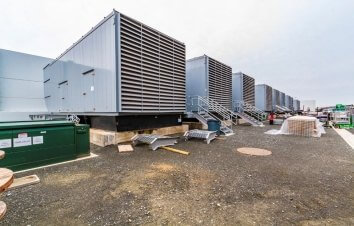
RESOURCES
Power and Fuel
Another item of consideration is what level of redundancy will be provided. These types of facilities were provided with either two power sources from two distinct or separate electric substations or the facilities had emergency generators with access to fuel quantities to withstand the entire duration of the power outage.
In addition to power, fuel for emergency generators is a major factor during a weather event. Clients are negotiating contracts for fuel during emergency events. In larger data center cluster areas, these contracts may be difficult to fulfill in long-term emergency events when multiple facilities in that region may require the same resources at the same time. To be prepared during these events facilities are incorporating larger fuel storage tanks that can be filled in preparation of handling extended outages.
Water
Reliable water sources are also vital. Facilities that were successful in staying functional during such times had two separate water sources or had on-site water containment tanks. These facilities had prepared their infrastructure by confirming all exposed piping was insulated and protected from freezing.
Telecommunications
Communication is key both for daily operations, access to resources, and communication with staff. Providing two separate data entry paths with two separate and independent points of entry into the facility can greatly increase the chances of staying online during severe events.
Operations
Establishing the method of procedure is key during a weather/storm event. Buildings and infrastructures that had a plan of operation in place in times of extreme weather were most successful in keeping their vital services online and up and running.
Since data centers are built to withstand harsh weather and security risks, they become an ideal location for personnel to go stay while keeping the facility functioning during these events. Corgan is seeing operation amenities incorporated to allow for personnel to remain on site for extended durations. Providing items like cots, showers, sleep rooms, lockers, workout areas, and expanded breakrooms are all amenities that someone would need for an emergency stay.
Supplies
Materials especially long lead items are difficult to acquire affecting the way clients repair or replace damaged components. Having replacement components in stock may be the difference in continuing operations or having to shut down portions of the facility. Recently we have seen delays caused by electrical gear, mechanical gear, and semiconductor or computer chip availability. During an event, these items become more difficult to find, bring on-site, and repair or replace.
As weather events are becoming more severe and frequent, the design, construction, and operation to withstand these for vital facilities, especially data centers are paramount. It is important that a clear basis of design, importance factor, and redundancy requirement be established during the programming phase and that this continue to be met from all phases onto the facility operation. With data centers being such a critical part to our daily lives it is even more important that finding solutions to keep these functioning continually be discussed and implemented.
The Difference Between Hydroponics & Aquaponics
Jeff Bednar of Profound Microfarms explores the difference between hydroponics & aquaponics in this excerpt from Corgan's podcast, TheSquare.
